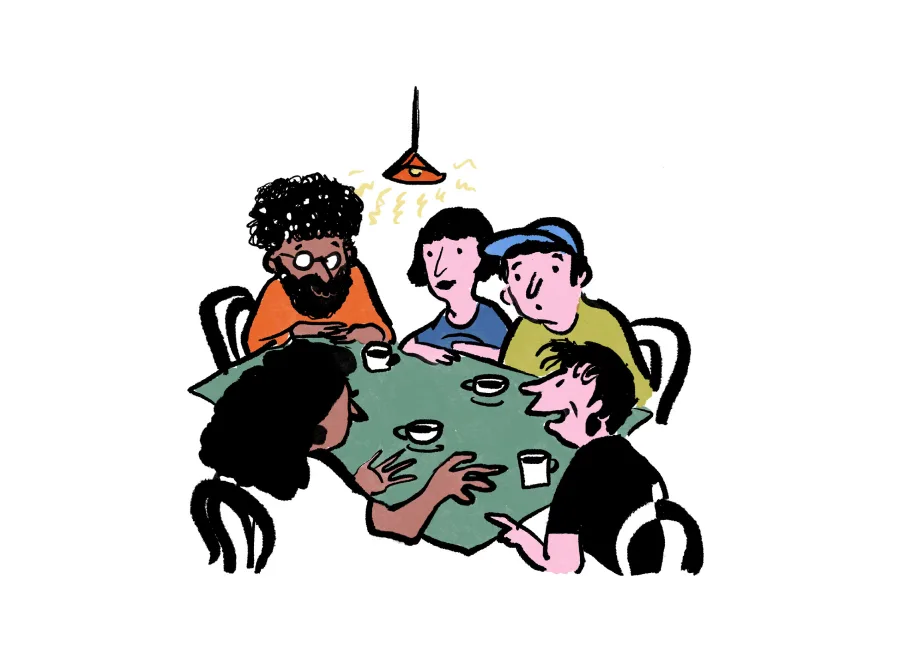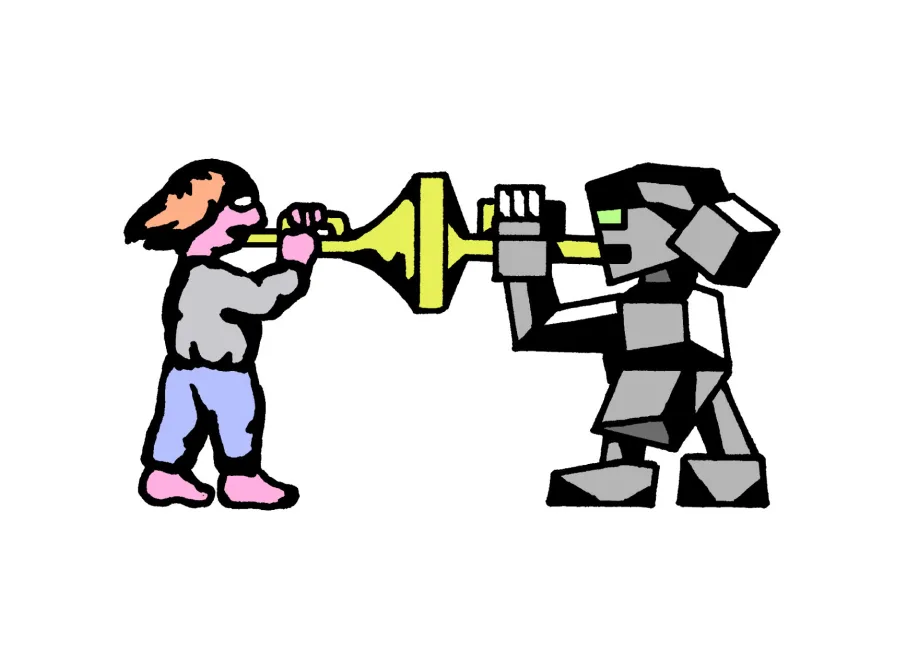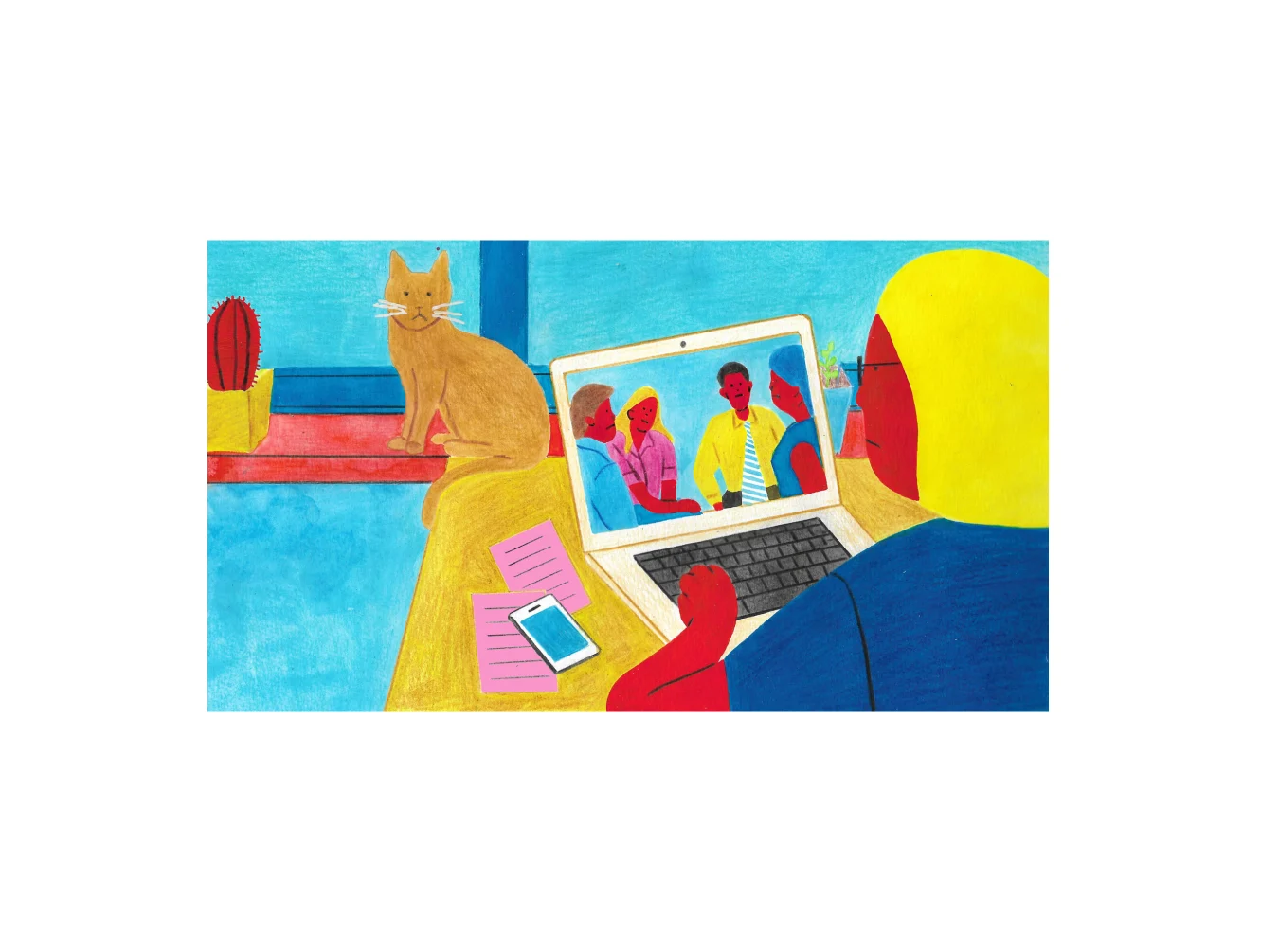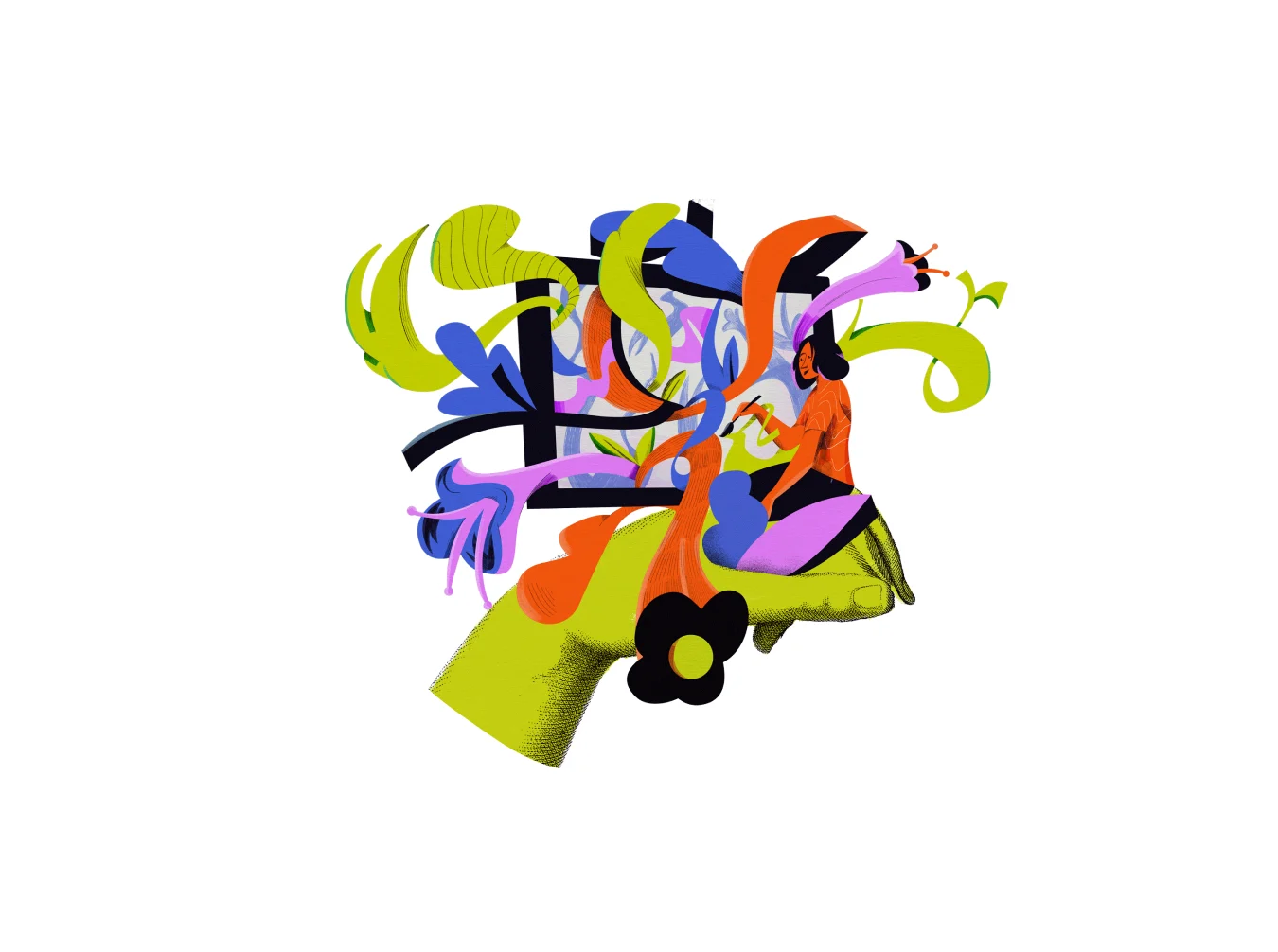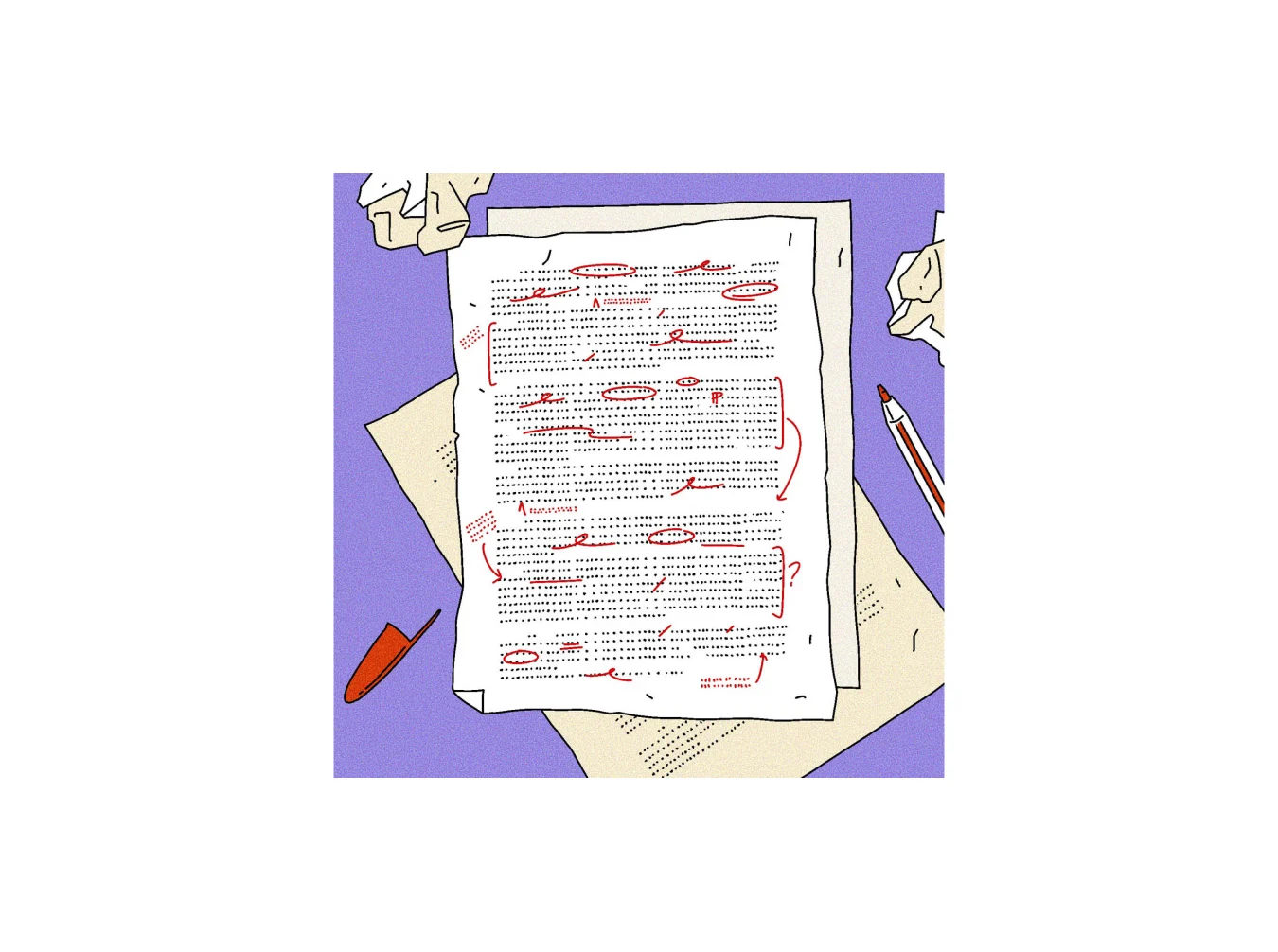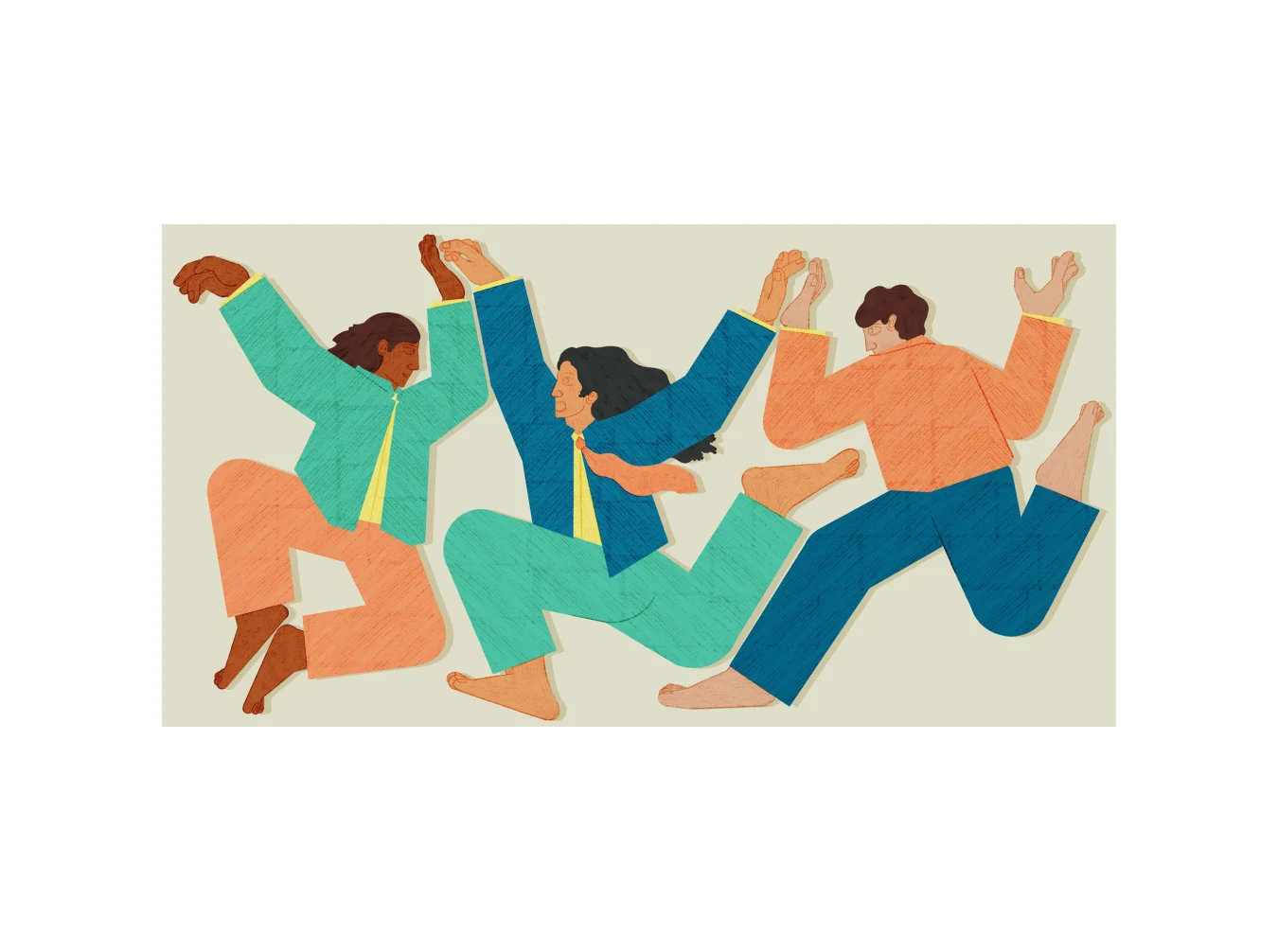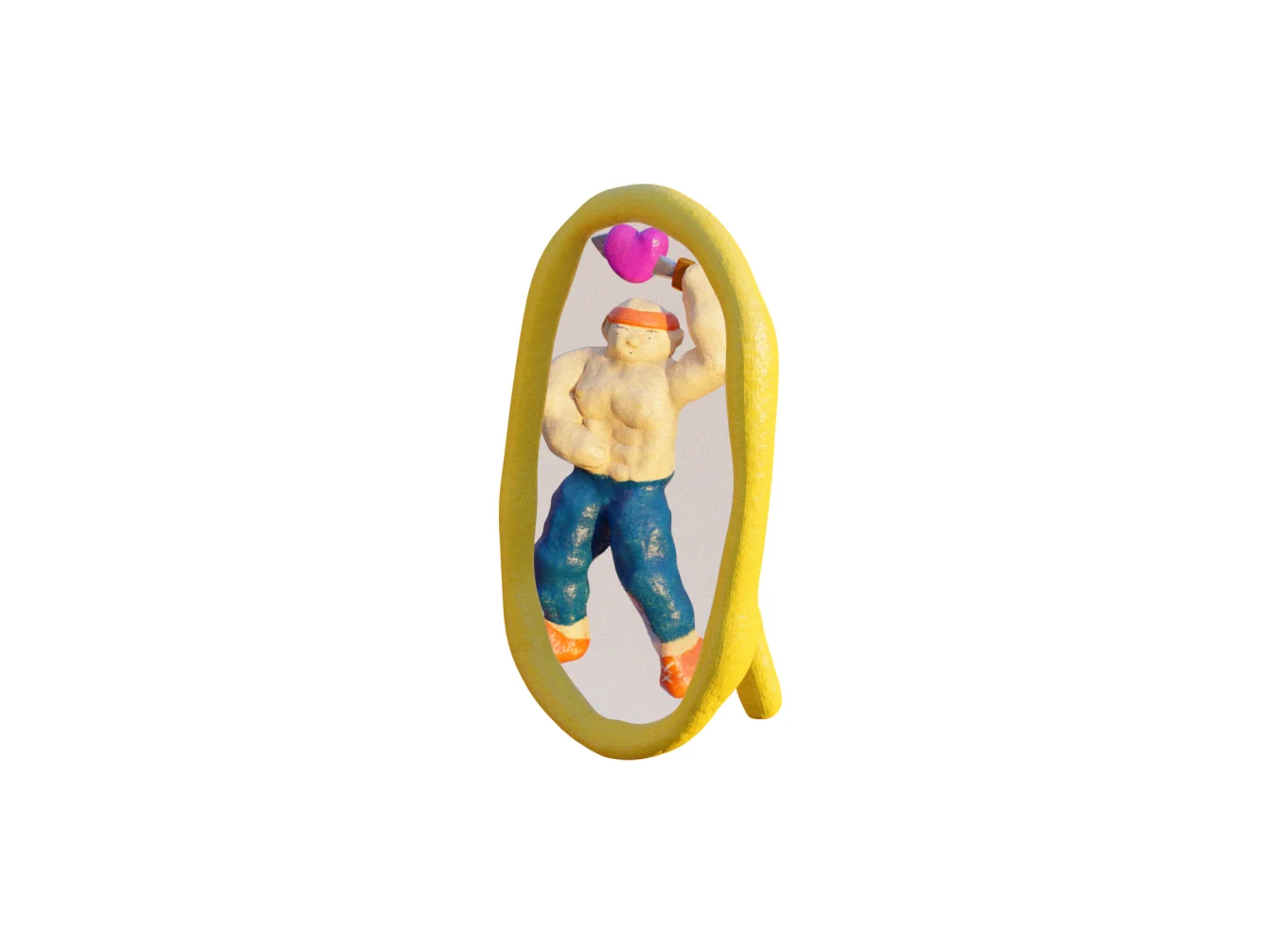

With every creative project you have to start somewhere. Frequently you will need to search back in time or out into spaces you have limited understanding of before you can even begin to make something. Research is a vast and hypothetically endless task. It’s either fun or completely daunting, depending on how you choose to look at it. For this installment of the “Stuff They Don’t Tell You” column, TV and film researcher and writer Daniel Janes, whose credits include “The Crown”, has spoken to a range of artists from different disciplines, to ascertain the best way to research for your next piece of work.
Are you an Eggers or are you an Abbott? In my field of film and television, these two leading figures illustrate contrasting attitudes to research. Robert Eggers, the writer-director of films such as “The Witch” and “The Northman,” is famous for his meticulous process: research informs everything, from the correct kind of cutlery to the cadence of the speech. Paul Abbott, one of Britain’s most celebrated showrunners, is the polar opposite. His seminal BBC conspiracy thriller “State of Play,” set in the worlds of politics and journalism, is often praised for its realism—but apart from a three-hour session with a reporter that resulted in a few line changes, he has said it was entirely dictated by instinct.
Perhaps you already have an idea about which person you are. I, for my part, am an Eggers. It helps that I cut my teeth in research. I started out as a researcher in history documentaries, making story documents, interviewing contributors and, on one occasion, trawling London for ingredients to recreate a pigeon and beefsteak pie eaten by George IV. Following this, I joined the research team for “The Crown,” contributing to the show editorially while fielding rapid requests from set and departments. Now, as a screenwriter, I use research in my practice—not just for verisimilitude but in service of that more rarefied concept: inspiration.
“Research enables you to immerse yourself in the world of the work,” says Bijan Sheibani, screenwriter on Netflix’s “One Day” and writer and director of “The Cord” at London’s Bush Theater. “Ultimately that immersion allows you to understand what the parameters of that world are and then that creates artistic freedom within those parameters. It’s a kind of structure that you can play inside of.”

This word, “play,” is indicative. As Sheibani suggests, research, at best, is liberating; a launchpad, not a prison. Once we are sure of the certainties, we have the freedom to invent. Flora Carr—whose novel “The Tower,” a feminist retelling of Mary, Queen of Scots’ captivity, is published by Hutchinson Heinemann—cited Hilary Mantel’s “Reith Lectures” on BBC Radio 4. “She talks about coming across blank spaces and gaps in the knowledge when it comes to historical records. That was a real challenge for her initially, but coming across those gaps made her a novelist.” This is a principle that “The Crown” puts into practice. The British royal family are exceptional in that their whereabouts are scrupulously minuted; we have the Court Circular that tells us where everyone was and when. We will know who was present at a certain luncheon or reception, or when the Prime Minister and monarch had their weekly audience; we will never know what they said to each other. Research establishes the parameters; imagination fills the gap.
To unearth the secrets to successful research, I’ve spoken to artists from a range of disciplines—photography and design alongside screenwriting and literature. Though they differ wildly in nature, scale and scope, they all described similar phenomena: the need for openness and curiosity, particularly in those giddy early stages; a willingness to follow where the research leads; the importance of perseverance; the role played by accident and chance.
Be curious
Like Caspar David Friedrich’s “Wanderer,” the early-stage researcher stands at a precipice over a sea of unknowable fog. It is easy to be intimidated by the vast and shapeless task before you. That’s why it’s important to set aside generous time to shroud yourself gleefully in the mist. “I actually did several months’ worth of researching prior to ever seriously putting pen to paper,” says Carr. “I’m very glad I did it that way around rather than writing alongside researching, because the research that I found ended up informing not only the kind of building blocks of the story and the plot points of the book but also the nature of the characters.”
Grace Lau is a photographer whose work confronts themes of race and imperialist history. Her work has been exhibited at such venues as the National Portrait Gallery, Tate Britain and Turner Contemporary Margate. “It’s always very difficult in the beginning because you haven’t grasped the main line of research,” says Lau. “It’s like a pyramid. At the bottom of the pyramid, you’ve got so many stones that you’ve got to uncover in order to find the peak.”
Prepare to stumble in the dark
Andrew Wiles, the mathematician who proved Fermat’s Last Theorem, had an excellent analogy that can be applied to every field of research. “You enter the first room of the mansion and it’s completely dark. You stumble around bumping into the furniture, but gradually you learn where each piece of furniture is. Finally, after six months or so, you find the light switch, you turn it on, and suddenly it’s all illuminated. You can see exactly where you were.”
The word “stumble” came up a lot. “When I am writing I am trying to find out something I am searching for,” says Sheibani, “and I don’t know what it is most of the time until I come across it. I think the same applies to research...I need to stumble across things just as I stumble across things in my writing.” One of the great stumblers is Kazuo Ishiguro. In the 1980s, he was browsing the stacks of the London Library when he chanced upon a 1939 book of essays, Harold Laski’s “The Danger of Being a Gentleman.” The book inspired him to write “The Remains of the Day.”

Research begets more projects
Remind yourself that the material you gather may pay off in unexpected ways, perhaps years down the line. Lau describes how, in 2005, she published a book, “Picturing the Chinese: Early Western Photographs and Postcards of China.” In the course of her research, she came across stereotyped Western photographs of “exotic” Chinese subjects. An idea percolated in her mind. “I thought, since I’m a Chinese photographer, why don’t I reverse the situation? And I set up my own portrait studio in Hastings, where I live, and where there’s a host of ‘exotic’ people passing by: tourists and fishermen and artists and musicians and motorbikers and all sorts. Why don’t I photograph them as a kind of 21st-century ‘types’ archive?” She received an Arts Council grant and the idea developed; since then, “Portraits in a Chinese Studio” has taken on a life of its own.
“That’s what I mean,” says Lau. “You research something and it develops into something much bigger. You keep an open mind and you don’t put a full stop on it. You put a comma on your research and you carry on.”
The internet is an entry point
Ideally, the internet should be a port: a point of embarkation that takes you elsewhere. Lau prefers visiting archives and libraries, surrounded by books, catalogs and other researchers—an environment she finds inspiring. That said, sometimes a research visit isn’t practical: Carr, who was writing “The Tower” alongside a full-time job and wedding planning, says her novel would have taken ten times longer without online resources, which she could read on her commute. (She singled out the “Oxford Dictionary of National Biography,” accessible via a library card.)
“I love following the threads you can find online because you never know where it will take you,” says Eliza Collin, a designer and researcher whose practice spans areas of ethnography, film, artistic practice and co-design. “But try to manifest it in something real.” She cautions against getting bogged down and recommends vigilance against out-of-date information: a particular hazard in online research. Where possible, she suggests contacting the authors of articles or the individual being referenced.

Don’t be afraid to seek advice
Collin, who is one of the Design Museum’s “design researchers-in-residence,” is an advocate of collaboration. “My ideas are made so much richer from the conversations I have with others,” she says, adding that breakthroughs are often the products of years of research by teams. “Email your gods,” she advises; the worst they can do is not reply. “Generally I have found that other researchers such as academics or scientists have a lot of time for you because it’s something new for them,” she says. “It’s been harder to get other designers such as architects or entrepreneurs.” For people at more difficult-to-reach organizations—such as large companies—Collin suggests approaching freelancers who work for them, looking for potential ways in among friends and family, and seeing if you can find any retirees.
Help can come from unexpected quarters
Collin tells a story that perfectly illustrates the unpredictable fortunes of the researcher. While working on her project “Facciamo Il Bosco”—which explored water resources in Sicily—she was desperate to speak to someone about recent wildfires. However, the Forestry Commission wouldn’t speak to her due to fear of exposing potential corruption. “One day, my friend’s mum came into the room all excited, saying she had met a guy in the bar over aperitivo who had just retired from the Forestry Commission and was happy to speak on camera about what he knew. We ran straight down there with our equipment to speak with him. So always be ready: you never know where you might meet your person.”
Stay critical
Collin followed with a volley of advice that serves to equip any burgeoning researcher. “Let your project expand regularly, but keep cutting things out. Define your questions and your focus. Keep synthesizing and finding connections between what you’re gathering.” Don’t get too general. Always ask: “Why is this important?” Above all, she emphasizes, “stay critical”.




